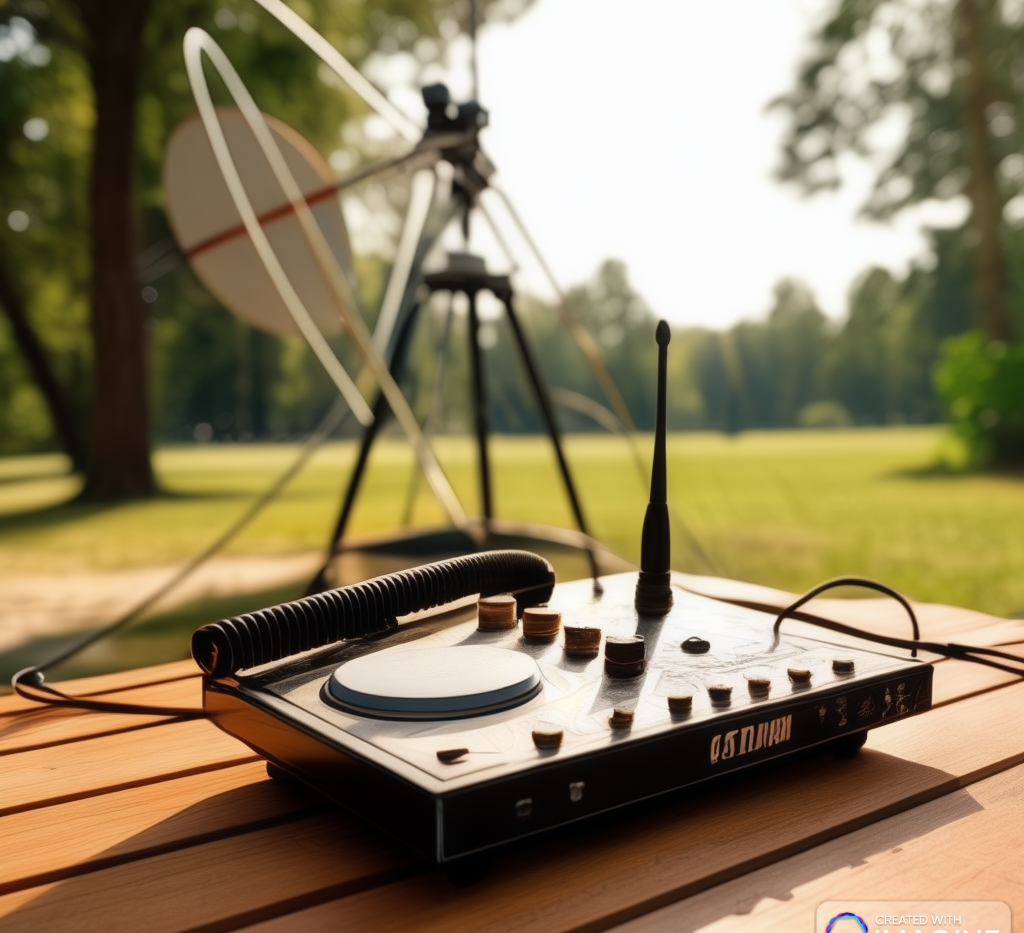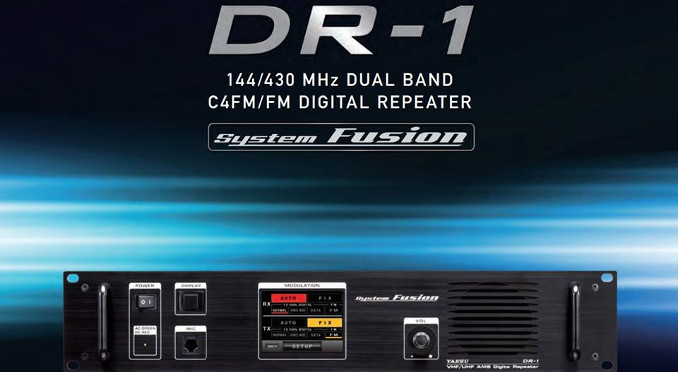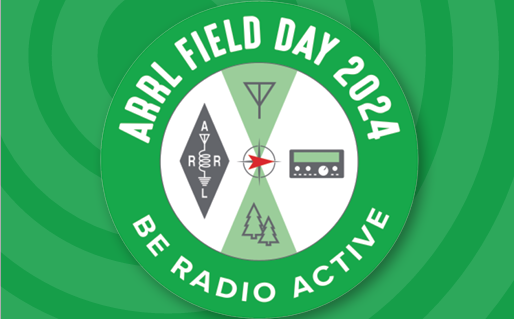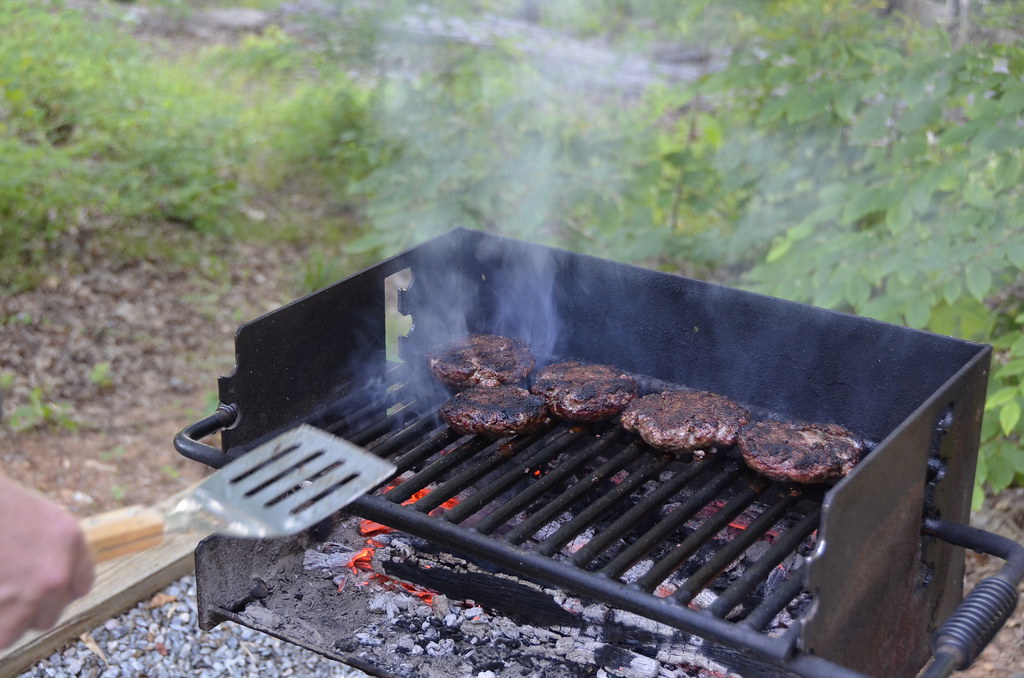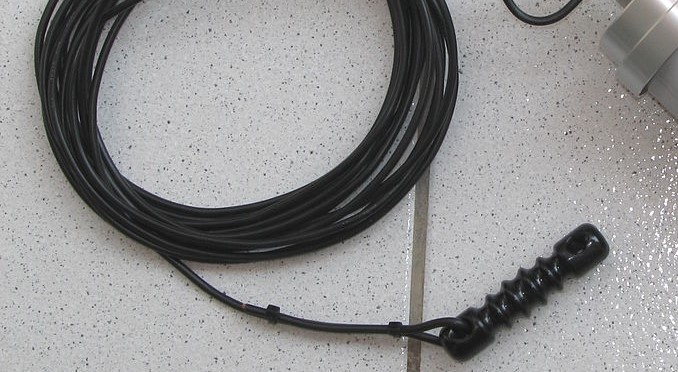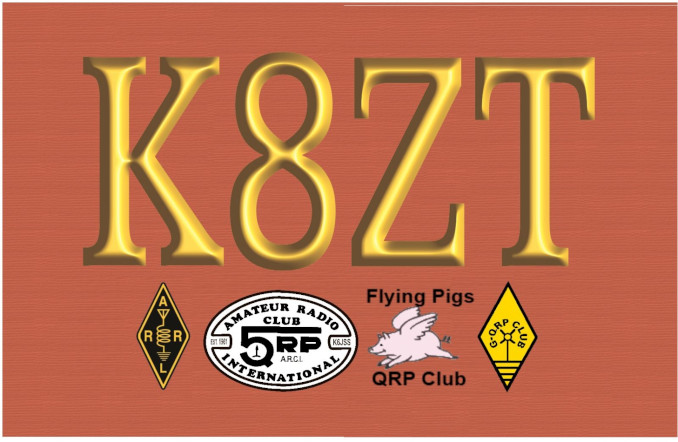A Couple of Considerations for New Hams Pt1
- This topic has 1 reply, 2 voices, and was last updated 8 years, 5 months ago by
 W4US.
W4US.
-
AuthorPosts
-
-
April 23, 2016 at 9:32 pm #1282
Chris
ParticipantThese are just a few thoughts from an old, sometimes bewildered and non-phone-culture ham. Most of this probably falls into what those who are younger would perceive to be in the “yada, yada, yada, heard it all before category”. But maybe, just maybe, it might help a new ham or two.
Most of this is not new by any means and seems to be a self-perpetuating phenomena. From a few conversations I’ve had and listening to many more on the air, these events are alive and well. Perhaps it just seems more common now because I’m older and more attuned to the concepts. I don’t know – remember – old and addled. As always, this is just my opinion. You may see things differently – that’s fine – I am not challenging anyone’s belief system here. Coming from an electronics background, I’ll certainly see things differently than someone of a different discipline.
Let me begin with an example –
A prospective ham is studying for his Tech license, scouring the web for radio deals and planning for his/her station after the test is passed. Test day arrives and Success! The new ham buys a 2m/70cm radio from Ebay and a used base antenna from a local ham he met at the examination venue. Cash wise, he’s almost tapped out. He still needs a power supply and some coax for the antenna. These two items are considered trivial, but necessary. Certainly not something to invest a lot of time or money in. So…. back to Ebay for 25 cent/foot coax and a no name power supply for $25. We’re all set.And we’ve all heard what the results of this can be – a loud hum riding on the transmitted signal, a confused new ham who can’t understand why he can’t get into a repeater 10 miles away or why he can’t even hear a repeater or his buddy on simplex. There are numerous other problems that can arise from the example above.
This can apply to the Tech who upgraded to General and bought a new or used HF radio. With HF, comes some new side effects to the above approach.This has nothing to do with the radio or antenna you bought or made. It applies to the Chinese-made VHF radio or the $4500 American-made HF rig the same way. To coin a phrase, the devil is in the details. It’s the non-glamorous, mundane stuff that will usually bite you in the toukus.
There seems to be (and I guess it always has been) this overwhelming need to spend no more than $1 on anything relating to your ham radio hobby. It appears to be some sort of ingrained, rabid ideology in ham radio. It’s like a contagious disease that gets passed, even through a radio transmission. There is certainly not anything wrong with frugality, but I’m also reminded of the old chestnut: Penny wise and pound foolish. I don’t really subscribe to the notion that if you didn’t make whatever it is from stuff you found in a dumpster, wrapped it up in tobacco spit and held it together with bailing wire, you spent too much.
Despite what you may have been told, ham radio is NOT an inexpensive hobby. Collecting pocket lint is inexpensive. Setting up an effective, working HF/VHF station requires an investment of both time and money.
Let’s examine the above example realistically. With the exception of a few high end HF radios and older tube radios, a DC power supply is required to operate HF and VHF/UHF radios in the home. Without the power supply, they are somewhat useless. So, what is the power supply to the radio? In my opinion, it’s almost the single most important part of your station. All the things that can be “wrong” about a power supply affects the operation of your radio. Poorly built or over-stressed power supplies will add hum to your transmitted signal and in some cases you can hear it on receive. Using a power supply that is insufficient for the current demand can lead to some unhappy results. Without over voltage and over current protection, that new radio could become a toasted ember when the power supply “goes”. And experience shows that an over-stressed, cheap power supply WILL “go”. On HF, a cheap switching power supply will most likely spread unwanted noise across a good chunk of the HF spectrum – another trouble a new ham doesn’t need to deal with. A new ham might not even know the power supply is the culprit or that a wide spectrum hash S6 noise isn’t normal. He certainly has no way to test using an alternate supply. There are so many ills associated with a poor power supply, a book could be written on the subject.A word about published power supply specifications. Read the small print. Most power supplies are marketed to hams at current capacity values based on intermittent peaks tied to SSB use. That’s fine as long as you understand that. The 30 amp spec for this, however, is basically meaningless as far as the true limit of the power supply. Look for the continuous rating – it’s usually 20-30% less. Then look for any small print that defines “Continuous”. Some manufacturers use an alternate definition of the word. Also, be wary of the no name supplies sold on Ebay and the like. These are not governed by the same truth in advertising rules that an established company marketing in the USA follows. Just because it states that the power supply has over voltage and over current protection does not mean that it really does. It’s something you won’t know for sure till something goes wrong (unless you open it up and know what to look for). And when something does go wrong, it’s your radio that will bear the brunt. Also, the current capacity may be grossly overrated. Basically, they can claim whatever they want to. Bottom line – you can’t be really sure about what you’re buying. And I won’t argue about it or that BadBilly265 has a 5 star rating on Ebay, so his stuff must be good. It’s your money so buy what you want – no argument. Oh, and eat your vegetables.
Just one question – do you want to connect that $600 transceiver or that $2000 transceiver that you spent your last dime on to a power supply of unknown quality or capability?
Investing in a good supply rated 25% to 50% more than you need now will pay dividends in the future. Your rig will have real OVP and OCP. Getting extra capacity means the supply will operate with less heat and stress leading to a longer service life. It will supply what your radio needs comfortably without causing strange side effects. It will most likely power whatever radio you buy in the future. There’s no downside to this except paying a little more upfront. Oh yeah, not all “name” switching power supplies are equal. That’s another discussion though (like Astron vs Samlex).
I guess I’ll need a part 2. I can be tiresome and terribly loquacious.
-
October 10, 2016 at 12:48 pm #1385
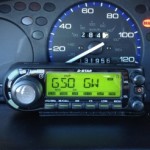 W4USParticipant
W4USParticipantWhat a great read. Thanks for taking the time to post this Chris.
-
-
AuthorPosts
- You must be logged in to reply to this topic.



